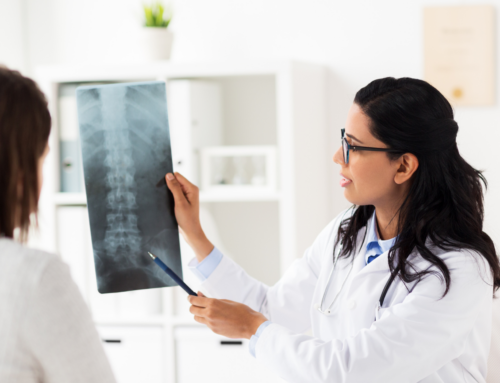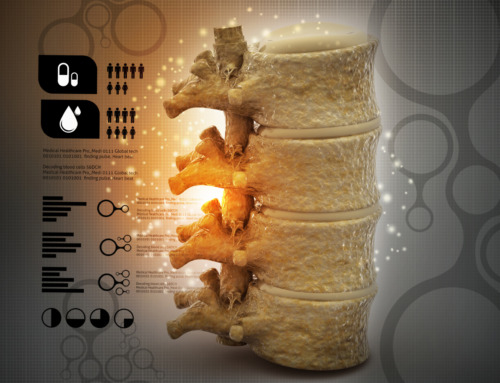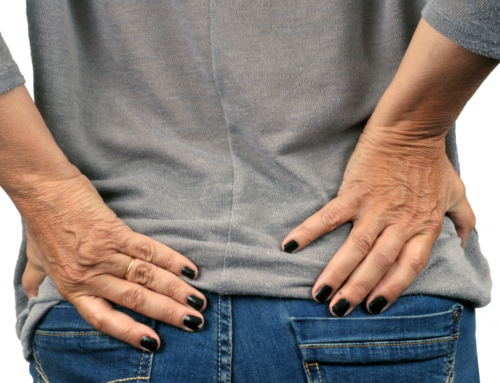Research from the Spine Medical Center discloses that roughly 5 million people in the United States are suffering from Discogenic pain. Apppoximately 40% of all chronic spine pain can be linked to a problem in intervertebral discs.
If you are experiencing chronic low back or neck pain, many things might be contributing to your chronic pain. If your work-up for back or neck pain has determined that you do not have a herniated disc or nerve compression, the cause of your pain might be from the disc itself.
Discogenic pain is presumed to happen about disc degeneration. This condition tends to destroy the disc’s physical and chemical properties gradually. However, degenerative discs are not always associated with pain, so it can be difficult to determine the exact cause of back or neck pain.
What is Discogenic Back Pain?
Discogenic back pain is a type of back pain that can be caused by degenerative disc disease. This is a condition where the discs in the spine start to break down and become less effective at cushioning the spine.
This breakdown can lead to pain and stiffness in the back and other symptoms like numbness or tingling in the extremities. Discogenic back pain treatment typically includes physical therapy, medication, injections or surgery.
It may not be clear what type of pain you’re suffering from, especially if you have not had a medical checkup. However, if you have chronic pain, read on to discover some of the symptoms associated with this type of pain.
Symptoms
Generally, this type of back pain occurs when there is damage to the discs in the spine. Usually, discs act as cushions between the vertebrae, and when they are damaged, they can no longer provide this cushioning effect.
This can lead to pain in the back and legs. The symptoms of Discogenic pain vary depending on the severity of the damage to the discs. The following are the major symptoms to pay attention to when it comes to this type of pain;
- Back pain,
- Leg pain,
- Radicular pain (pain that radiates from the spine).
How Do You Treat It?
Discogenic back pain can be treated by doing the following;
- Involve yourself in a combination of physical therapy, exercise, and pain medication.
- In some cases, injections, cell therapy or surgery may be necessary to correct the underlying problem.
Treatment for Discogenic pain typically includes physical therapy, cell therapy, injections and/or surgery.
How Does Discogenic Pain Syndrome Occur?
Discogenic pain occurs when there is harm to the discs in the spine. Discs play an important role in cushioning the vertebrae. Therefore, when damaged, they are no longer functioning properly and can give off a painful signal.
This can cause pain in the spine, as well as in other areas of the body. There are many different causes of Discogenic pain, and it is often difficult to determine the exact cause. However, some common causes include degenerative disc disease, trauma to the spine, and herniated discs.
Diagnostic Criteria
The diagnosis of Discogenic pain is made when other causes of spine-related pain have been ruled out and when the pain is localized to the area of the degenerative disc(s). Treatment of Discogenic pain typically involves interventional pain management techniques such as injections or nerve blocks.
Key Takeaway
Understanding the type of chronic pain you are suffering from helps to find optimal ways on how to reduce the condition. However, when you experience leg pain, or back or radicular pain, you may suffer from Discogenic pain. Seek medication to determine the best treatment option for your condition.
If you want to learn more about Discogenic and other chronic pain, visit the First State Spine website or contact our team today by filling out the form below.






